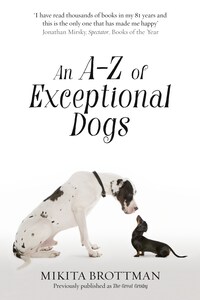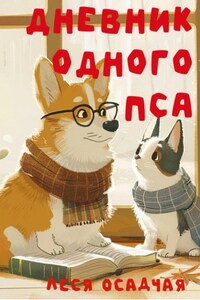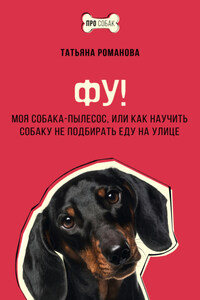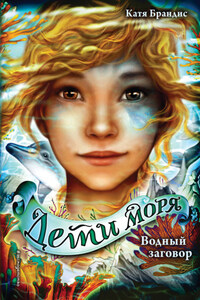William Collins
An imprint of HarperCollinsPublishers
1 London Bridge Street
London SE1 9GF
WilliamCollinsBooks.com
This eBook edition published by William Collins in 2014
First published in Great Britain as The Great Grisby: Two Thousand Years of Exceptional Dogs by William Collins in 2014
First published in the United States by HarperCollinsPublishers in 2014
Copyright © 2014 by Mikita Brottman
Cover photograph © Tim Platt/Getty Images
Illustrations by Davina “Psamophis” Falcão
Mikita Brottman asserts her moral right to be identified as the author of this work
A catalogue record for this book is available from the British Library.
All rights reserved under International and Pan-American Copyright Conventions. By payment of the required fees, you have been granted the non-exclusive, non-transferable right to access and read the text of this e-book on-screen. No part of this text may be reproduced, transmitted, down-loaded, decompiled, reverse engineered, or stored in or introduced into any information storage and retrieval system, in any form or by any means, whether electronic or mechanical, now known or hereinafter invented, without the express written permission of HarperCollins.
Source ISBN: 9780007548057
Ebook Edition © October 2014 ISBN: 9780007548064
Version: 2015-09-08
“UNABLE TO LOVE each other,” writes the British author J. R. Ackerley, “the English turn naturally to dogs.” I acquired my first dog when I was close to forty, and my eight-year love affair with this willful and charismatic animal has led me to wonder whether it’s true, as Ackerley suggests, that there’s something repressed and neurotic about those whose deepest feelings are for their dogs. Thinking about this question has led me not to an answer but to further questions. Is my relationship with Grisby nourishing or dysfunctional, commonplace or unique? Do we choose and train dogs in our own image? Why are some people drawn to poodles, some to bulldogs, and others to dachshunds? Can devotion to a dog become pathological? Why is a woman’s love for her lapdogs considered embarrassingly sentimental when men bond so proudly with their well-built hounds? Married women admit they sleep with their dogs, and married men deny it; someone’s not telling the truth, but who’s lying, and why? What drives some people to wash their hands obsessively after any canine contact while others are happy to share flatware with Fido? And why is “Fido” still used as the generic dog’s name when it’s been out of fashion for almost a hundred years?
Each of this book’s twenty-six chapters is devoted to a particular human-canine bond. Some of these couplings are drawn from literature, where dogs are generally symbolic, often standing as their owners’ avatars, sharing similar characteristics or drawing attention to vital clues that the human characters have overlooked. Other pairings are drawn from history, art, folklore, and philosophy, and cover a broad span of history (320 BC to the 1970s) and geography (Rome, Russia, Japan, Germany, Mexico, Malta, Greece, the United States), but particular attention is paid to dog-and-owner pairs from Victorian Britain. According to authorities on the subject, late-nineteenth-century England saw the origins of modern dog breeding and pet keeping, which led to an increase in the depiction of dogs in art and literature, as well as their increase in everyday life, among all classes and age groups.
Far apart as these human-dog stories may be in time and place, their themes are remarkably consistent. Exceptional dogs, it turns out, often have traits in common, and the most familiar of these is miraculous loyalty. History and folklore are full of dogs that won’t leave their owners’ dead or injured bodies; dogs that spend every night at their masters’ graves; dogs that drown themselves in grief, conceal themselves under their mistresses’ skirts as they’re led to the scaffold, or travel thousands of miles to make their way home. The fact that such tales have become folklore does not mean they are not also true. Dogs are remarkably faithful creatures. Upon further investigation, however, these miraculously loyal dogs often turn out to be rather less miraculous than their stories suggest, though no less interesting for that.
Many of the dogs described in this book will be unfamiliar to the reader, and I’m especially interested in these lesser-known dogs. A lot has been said and written already about iconic, mediagenic dogs like Lassie, Old Yeller, and Rin Tin Tin. In








